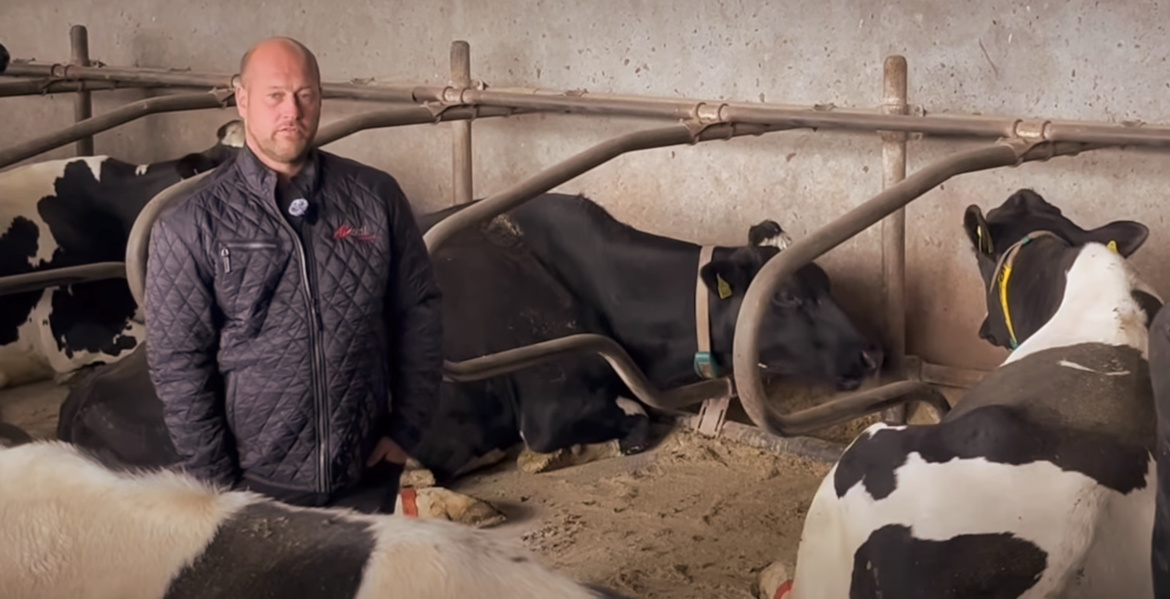The iconic Børsen building is in flames, with large sections reportedly completely destroyed. The fire is described as "very, very large", including the collapse of the building's famous spire, and work to extinguish the fire is expected to take all day.
Børsen is located on Slotsholmen in Copenhagen and is one of the oldest buildings in the city. It was built between 1619 and 1623 by Lorenz and Hans van Steenwinckel the Younger for Christian IV as a visualization of the king's mercantilist policies. The building's iconic spire, called the 'Dragon Spire', was completed in 1625. Today it serves as an office building and the headquarters of one of the country's largest business and employer organizations, Dansk Erhverv.
The first alarm about the fire came at 07:43 this morning and large parts of the area were quickly cordoned off. The fire is said to be so large that it can be seen from Sweden.
– It is a very, very big fire. It requires an effort that will take most of the day. We're doing our best to minimize the damage, Jakob Vedsted Andersen, head of the emergency response at Hovedstadens Beredskab, told Danish TV2.
All the people in the building have reportedly been evacuated and no one has been injured.
– We are currently carrying out extensive extinguishing work. There are no personal injuries. There is extensive damage to the stock exchange, says Vedsted Andersen.
"400 years of Danish cultural heritage in flames"
Moments later, Copenhageners saw the building's iconic spire collapse before their eyes. Citizens are said to have chanted "no, no, no, no, no" as the flames destroyed the famous spire.
"People are standing in shock, covering their mouths", the broadcaster said.
Several people are said to have braved the fire to run in and save valuable art, according to Danish state broadcaster DR. Among others, former minister and CEO of the Danish Chamber of Commerce Brian Mikkelsen was seen running into the building. Several paintings were reportedly carried out of the building, including Skagen painter P.S. Krøyer's "Fra Københavns Børs," an 1895 painting depicting many of the most important stock exchange figures of the time standing in the trading room, including businessman C.F. Tietgen.
"Terrifying pictures from Børsen this morning. 400 years of Danish cultural heritage in flames", writes Minister of Culture Jakob Engel-Schmidt on X.





